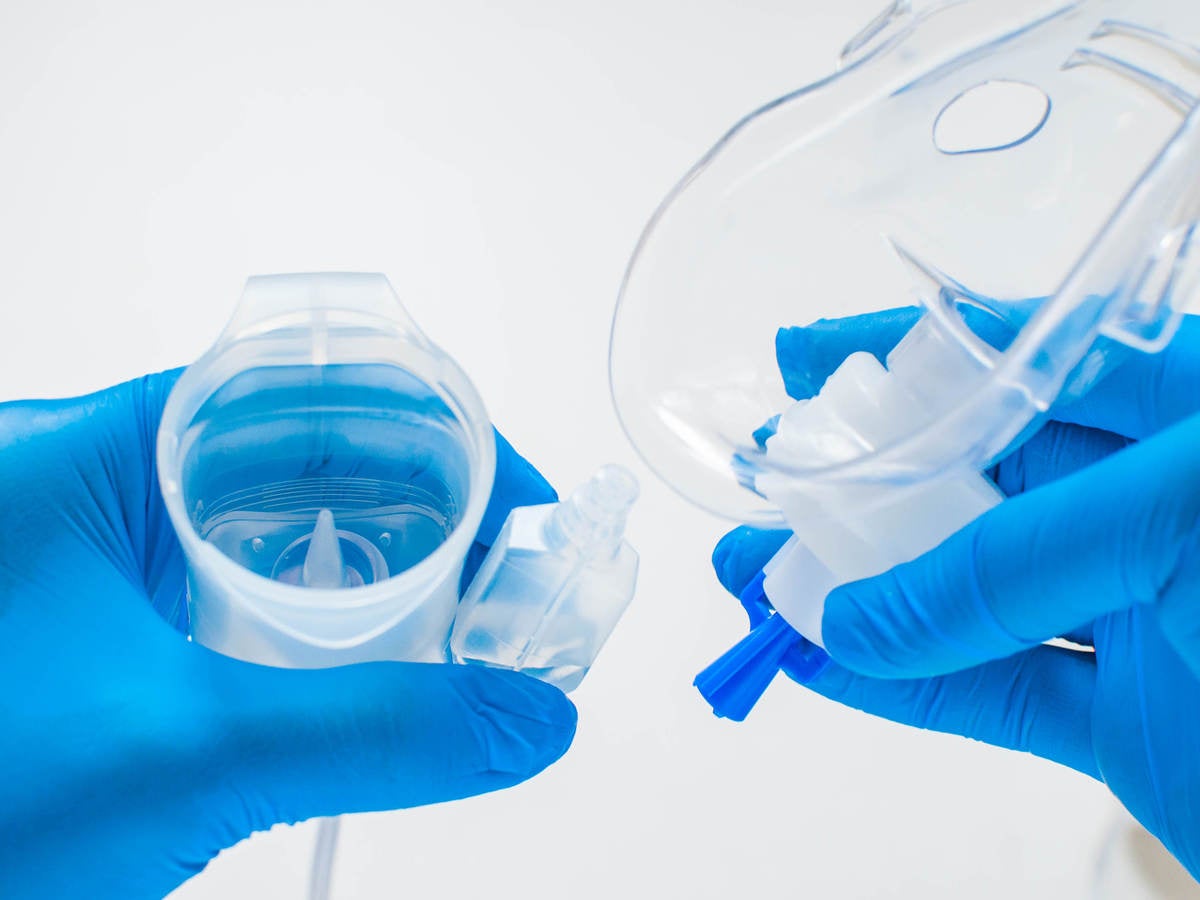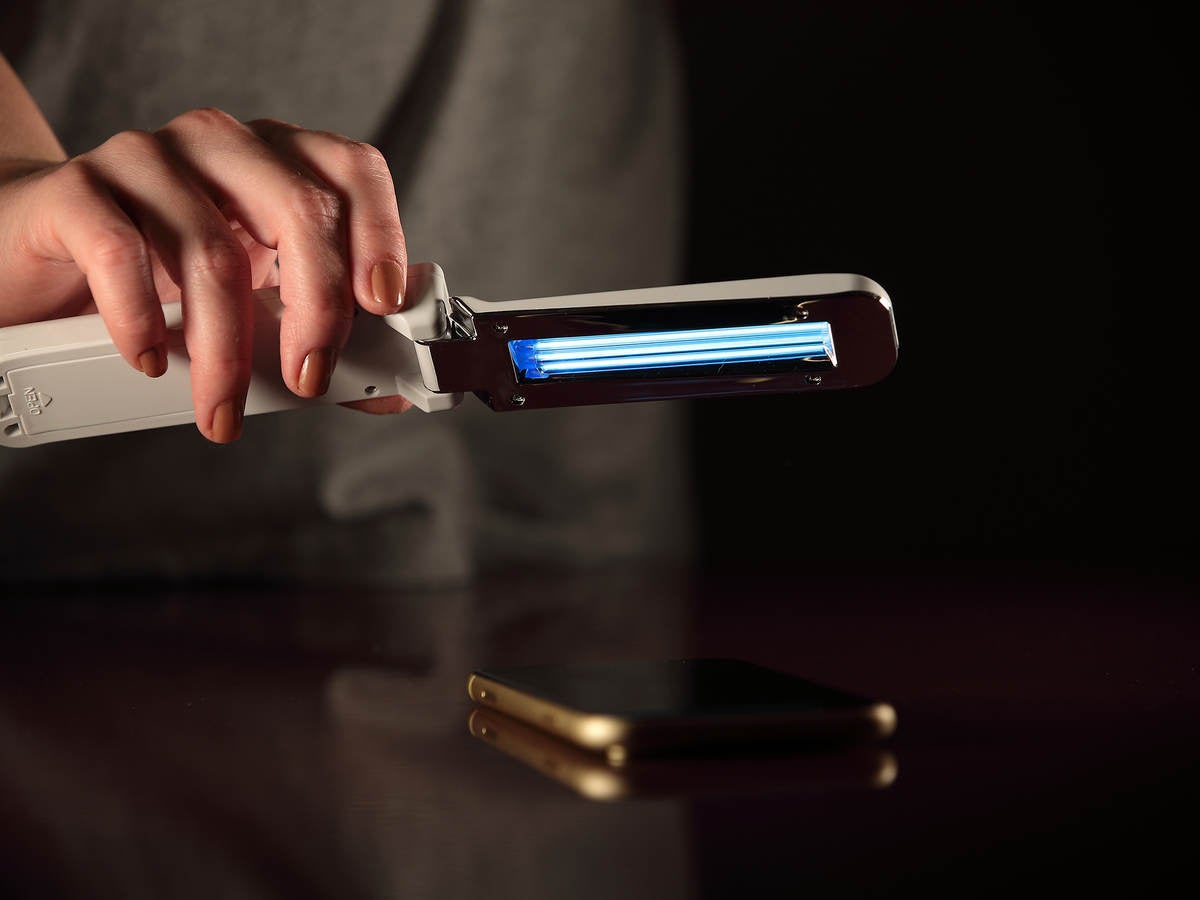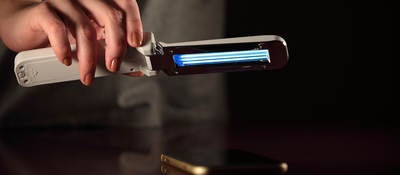ANSWERED ON THIS PAGE:
- When are vigilance reports for medical devices required in Europe?
- What is the EU medical device incident reporting process?
- How will Europe’s new Medical Device Regulations affect vigilance requirements?
What is medical device vigilance reporting?
The vigilance requirements in Medical Device Regulation (MDR) No. 2017/745 (for medical devices or active implantable medical devices (MDs)) and In Vitro Diagnostic Device Regulation (IVDR) No. 2017/746 (for in vitro diagnostic (IVD) devices) include notification and evaluation of serious incidents and field safety corrective actions (FSCAs) involving medical devices. However, the “when, what and to whom” aspects of EU vigilance reporting often confuse regulatory professionals.
Companies that fail to report vigilance correctly could face severe consequences. Ignorance is not an acceptable excuse for not reporting serious incidents and FSCAs, so Regulatory Affairs (RA ) professionals need to be proactive.
When are EU vigilance reports required?
According to the regulations, either the manufacturer or their authorized representative (AR) must file a serious incident report for any incident that directly or indirectly led, might have led or might lead to any of the following: the death of a patient, user or other person; the temporary or permanent serious deterioration of a patient’s, user’s or other person’s state of health; or a serious public health threat. The incident must be reported to the competent authority (CA) of the member state where the incident occurred.
If a manufacturer takes corrective action for technical or medical reasons to prevent or reduce the risk of a serious incident in relation to a device made available on the market, such as a recall, an FSCA report must be distributed to CAs in the member states where the device is marketed as well as the CA where the manufacturer or their AR is located.
The MDR and IVDR further address specific timelines for vigilance reports. The reporting timelines are as follows:
- Serious public health threat – Immediately and not later than two days after the manufacturer becomes aware of the threat
- Death or an unanticipated serious deterioration in a person’s state of health – Immediately and not later than 10 days after the manufacturer becomes aware of the incident
- Serious incident – Immediately and not later than 15 days after the manufacturer becomes aware of the incident
EU medical device serious incident and FSCA reporting process
These are the basic steps to reporting a serious incident in Europe:
- Reference MDR Art. 87 and IVDR Art. 82 to determine the correct reporting timeline, which will depend on the severity of the incident.
- Complete the manufacturer’s incident report (MIR) form and submit it to the appropriate CA.
- Respond to questions from the CA regarding the devices involved, time on the market and design changes.
- Determine whether an FSCA is necessary and report to appropriate CAs.
- Submit a final MIR or FSCA report to CA(s) when the investigation and/or corrective action concludes.
- Add vigilance reports, along with any correspondence with CAs, to your ISO 13485 or other quality system records.
- Inform your Notified Body of any incidents or FSCAs unless your device is Class 1 (MD) or Class A (IVD) self-certified.
Why choose Emergo to assist with European vigilance reporting?
Emergo represents more than 1,000 medical device and IVD companies as an official EU Authorized Representative, so our team is constantly involved in helping companies with vigilance reporting.
- If we act as your European Authorized Representative, we can submit vigilance reports to CAs on your behalf.
- Our in-depth knowledge of the European medical device market can help you keep your vigilance procedures up to date.
- Our experienced consultants can help determine when incidents are reportable or if a corrective action may be reportable as an FSCA.
- We can help ensure that final reports are completed on time and contain the information needed for closure.
European CE marking
We have experience assisting hundreds of manufacturers with post-market surveillance, CE marking, ISO 13485:2016 certification and other regulatory consulting services.
EU vigilance and adverse event reporting FAQs
How can we learn more about vigilance reporting requirements in Europe?
MDCG 2023-3 offers manufacturers valuable information on terminology, timelines and other vigilance reporting requirements. Download our complimentary white paper, “Medical Device Vigilance Reporting in Europe,” for an overview of event types that require reporting.
Who should receive an FSCA report?
The manufacturer or AR must notify the CA of all affected countries — as well as the national CA where the manufacturer or their AR is located — for any FSCA conducted in the EU. You can find the FSCA report form on the European Commission website along with a template field safety notice (FSN).
Manufacturers must also notify customers about FSCAs via an FSN. The manufacturer must allow a minimum of 48 hours for receipt of comment on the FSN from the CA unless the nature of the FSCA dictates a shorter timescale, i.e., a serious public health threat.
Request information from our specialists
Thanks for your interest in our products and services. Let's collect some information so we can connect you with the right person.
Related content
- EU Market Regulations Update – How to Manage Expiring Notified Body Certificates
- EU MDR PMS Including PMCF and Vigilance
- New European MDCG Guidance on Medical Device Vigilance Requirements
- Draft Medical Device Post-Market Surveillance Requirements Published for the UK
- Expectations for Post-Market Surveillance (PMS) in the European MDR
- RADAR : Market Access Newsletter










